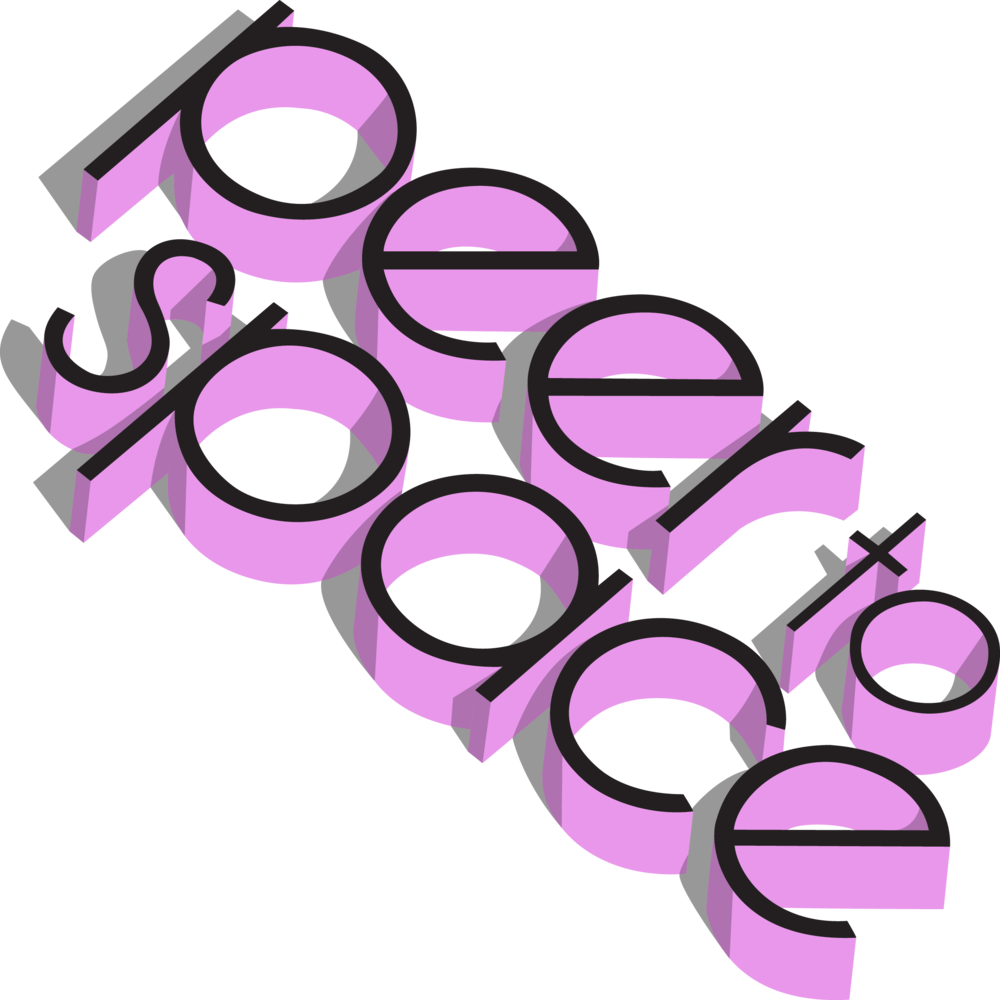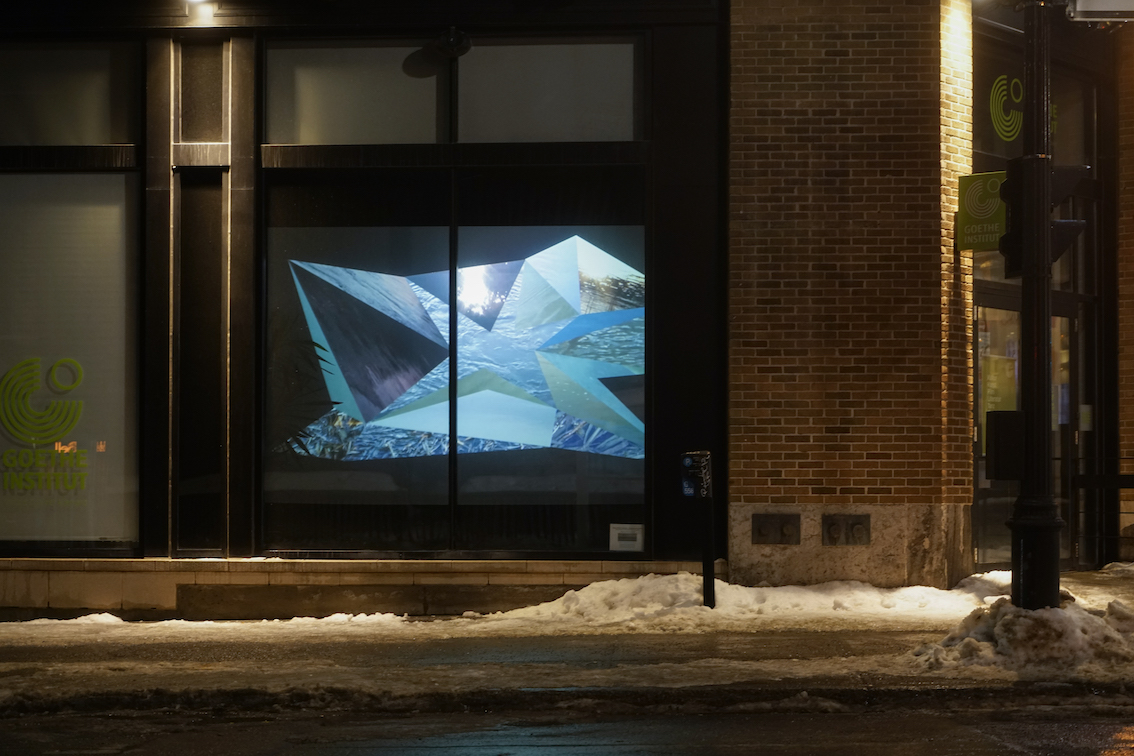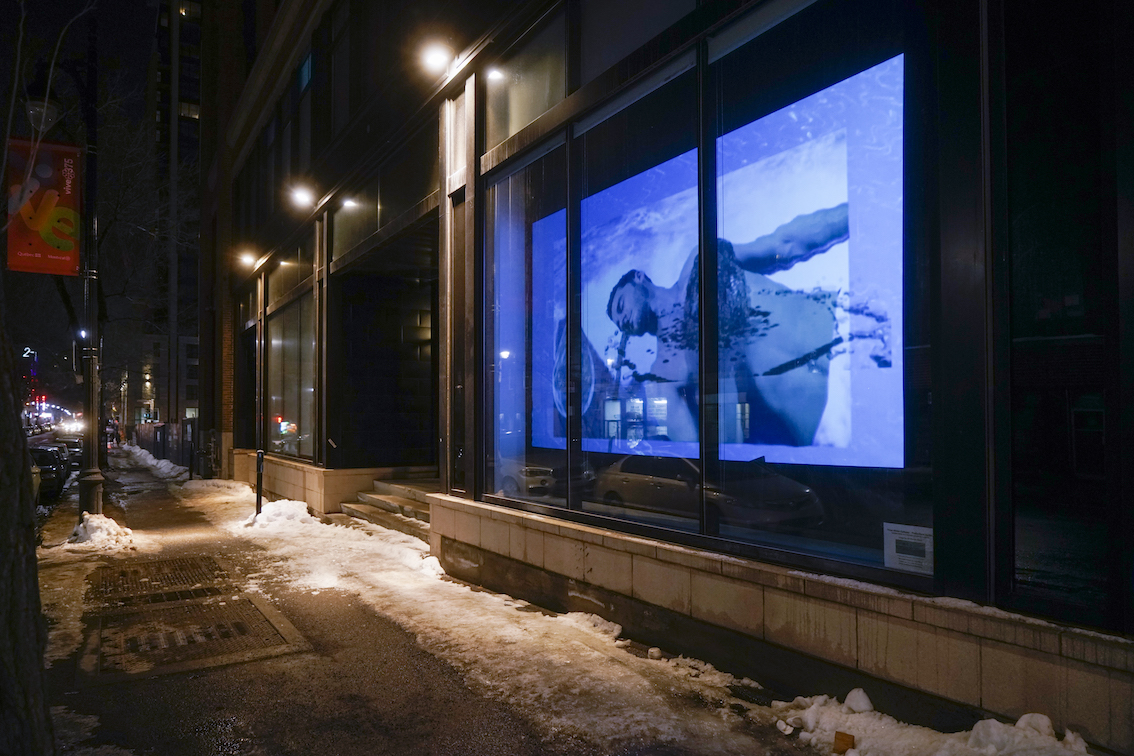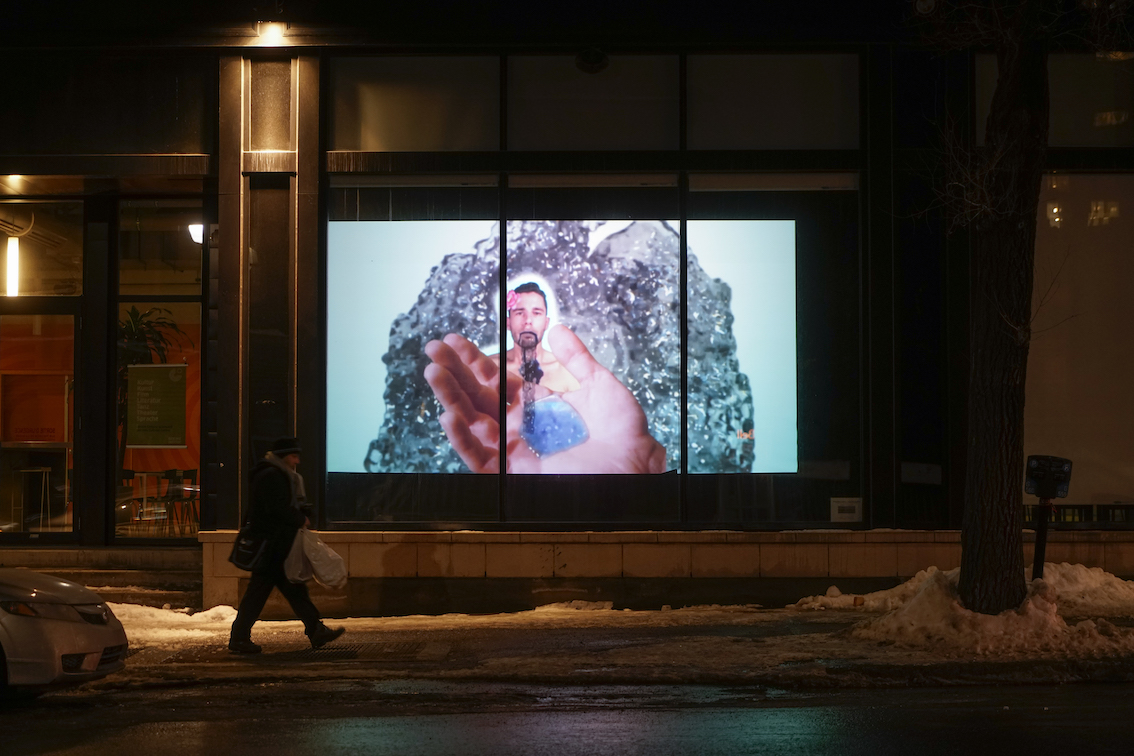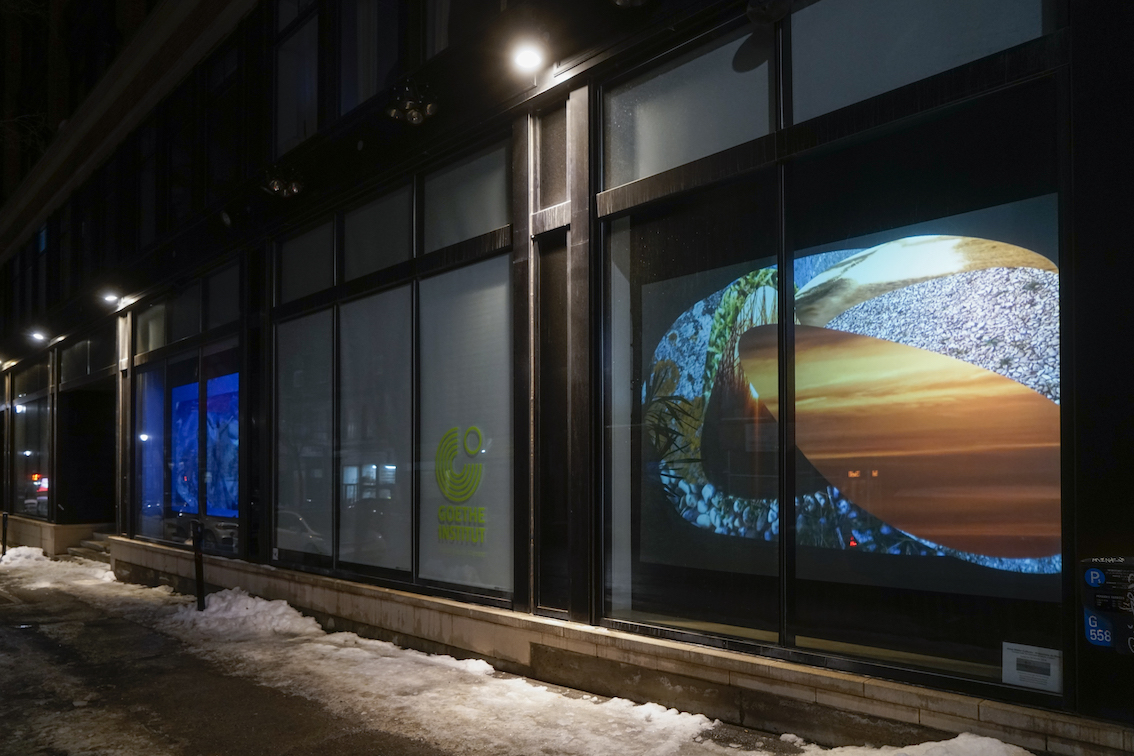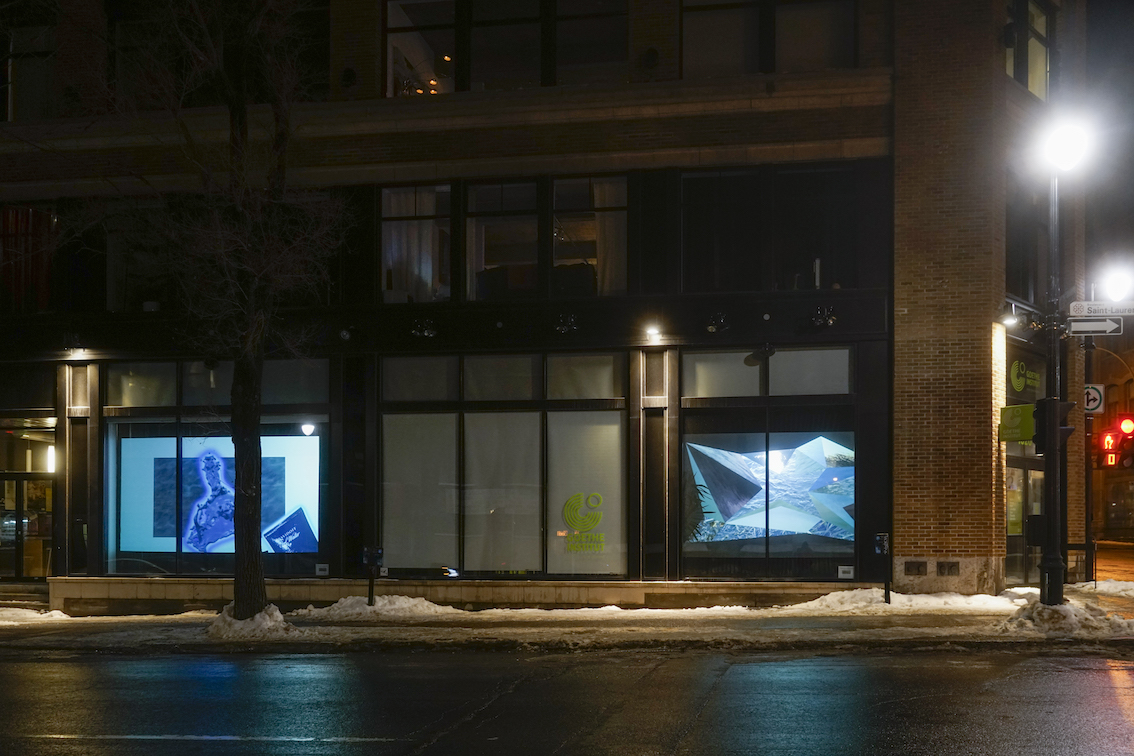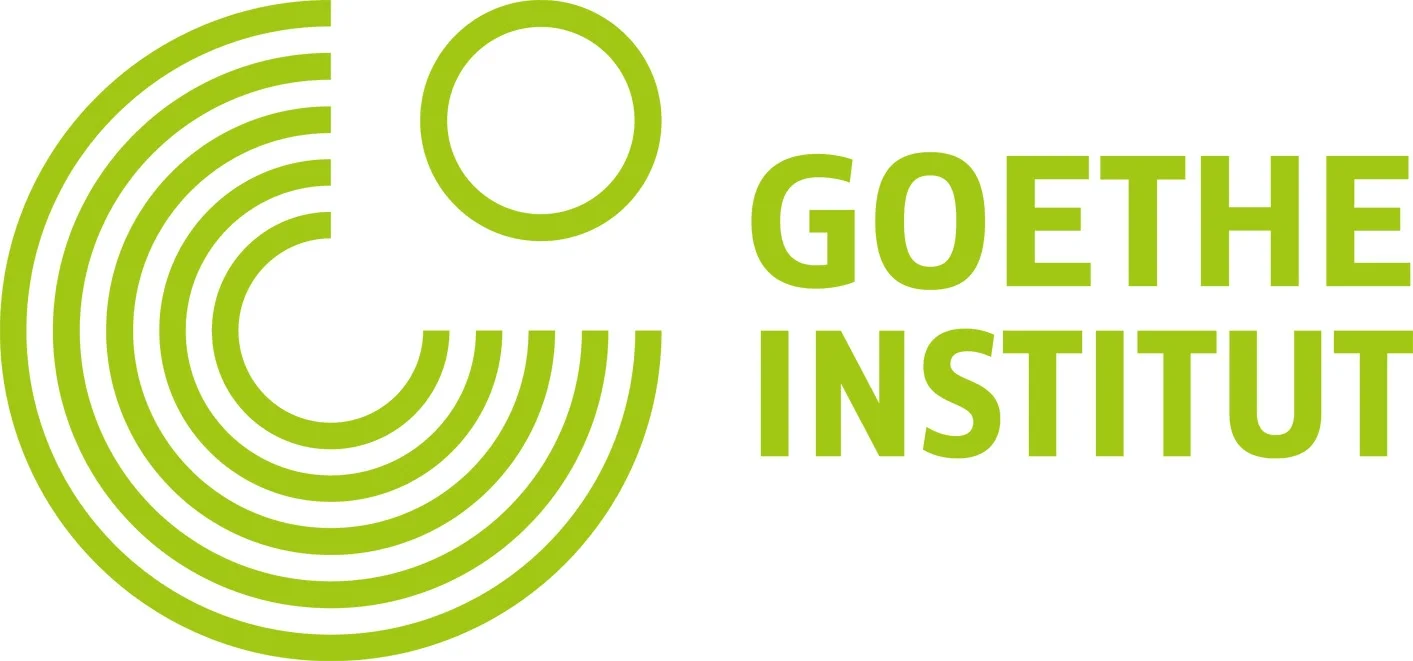DEEP WATER CULTURES
Video projections by
Jonas Blume, Marte Kiessling and Anuk Miladinović
At: Goethe-Institut Montréal, 1626 boul. St-Laurent, Montréal
Jonas Blume, Photo (Detail) by Jean-François LeBlanc, 2018
November 23, 2017 to February 24, 2018
Curated by Tina Sauerlaender (peer to space)
Water, often referred to as the essence of life, is also the foundation of the cultural development of humans. Today water is used, applied and presented in a multitude of ways. The works by the artists Jonas Blume, Marte Kiessling and Anuk Miladinović center on the topic how humankind handles its most important element.
Marte Kiessling, Photo by Jean-François LeBlanc, 2018
Anuk Miladinovic, Photo (Detail) by Jean-François LeBlanc, 2018
Jonas Blume reflects on cultural representations of water between reality and virtuality, realism and idealisation. The digital sequences of Iso-E-Super (2017) show water as a purging, natural, clear substance that the artist distributes over his body. The idealised aesthetics of this video collage combining real footage and digital images is deceiving – Iso-E-Super is a synthetic aroma-chemical that is added to many men’s fragrances, shampoos and soaps. As a toxic and bio-accumulative substance Iso-E-Super is harmful to the water system and as such should be classified as special waste, however, it lands uncontrolled in the groundwater and our eco-systems.
Camac (2014) by Marte Kiessling are window-like landscape collages from the surroundings of the Camac Art Centre in Marnay-sur-Seine, France, where the artist was a resident artist. Inspired by the serenity of nature, the movements of the birds and the air and the quiet steady rhythm of the Seine River nearby, Kiessling visualises the images in a flowing circle of shapes that continuously expand and contract. The images show excerpts of the countryside and the old monastery that houses the artist accommodations. In her work, nature is shown in its solemnity, as a place where one can find rest and meditation in our time. Culture seems to be following in the path of nature here and both coexist side by side.
In Dream (2016), Anuk Miladinović creates collages from overlaying her own film sequences of different cultural uses of water, such as a swimming pool filled with impeccably clean water where people swim their laps, or a sluice filled with dirty water where large vessels pass through and disappear. The artist shows how water can be both a safe place for sports and wellness activities, as well as a contaminated global transport route for container ships that seem endless. There is no clear narrative; illogical and unrealistic contexts refer to a different fantasy world where the conditions of real life reflect the subconscious.
All photos by Jean-François LeBlanc, Montréal, 2018
